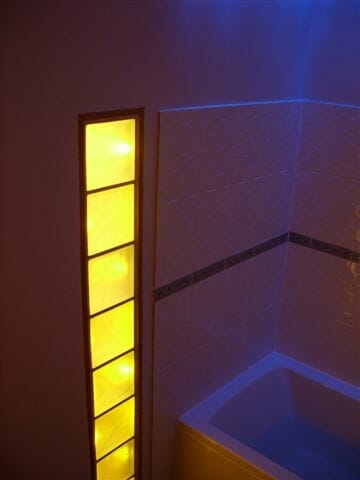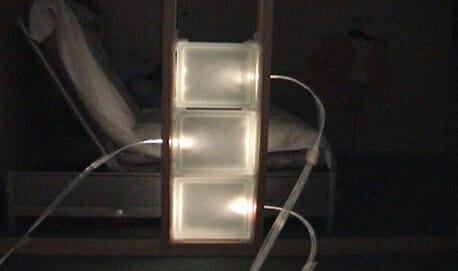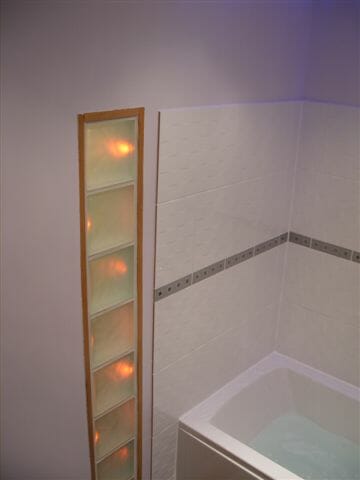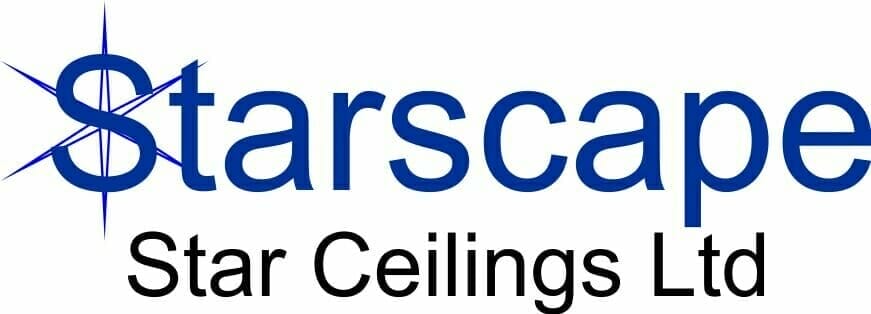This was a project that we followed with great interest, from our customer’s first enquiry, through subsequent discussions, some experimentation and on to the finished installation.
This was the context: our customer Graham was adding a bathroom extension to his house and planned to incorporate an opaque “window” in the wall between the new bathroom and an existing hallway. During the day this would admit natural light, but he wanted to add something interesting for the hours of darkness, and thought that illuminating the glass blocks of the “window” would create an interesting effect.

For the effect that he wanted, the lighting needed to be built in from the outset and this meant that optical fibres were the obvious solution. The fibres could be put in place as the wall was built, with the halogen light source going into the attic above where it could be accessed for the occasional bulb change.
The first step was to confirm whether or not fibre optic lighting would produce the desired effect, and this photo shows those initial experiments. The blocks are mounted within a wooden frame, and this made it easier to position the fibres so that their ends butted up against the side of the blocks.

The light source used in this project was a standard 75 watt unit, fitted with a colour wheel, and, as you can see from the photos, there were just a few 1mm fibres illuminating each block.

With the main room lights on, the glow is less dramatic, but since this was designed primarily as mood lighting, it was always understood that the blocks would only really come into their own when the main lights were turned off.

One thing which is worth saying, is that there was plenty of spare capacity in the light source, so Graham had the option of adding other lighting effects either in the bathroom or in the adjoining hallway. The initial plan was to have some fibre optic lighting in the coving, but in the end Graham settled for some blue LEDs in the ceiling, and this provides the contrast between the static colour of the LEDs and the changing colours in the glass blocks.
